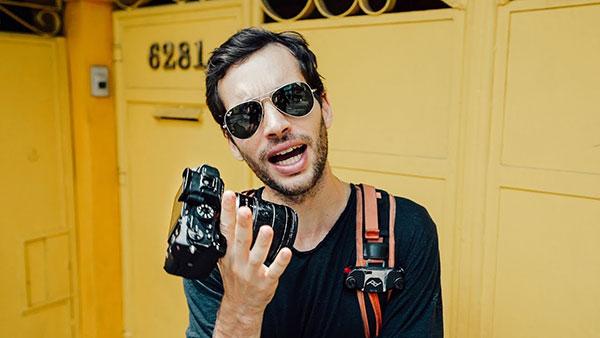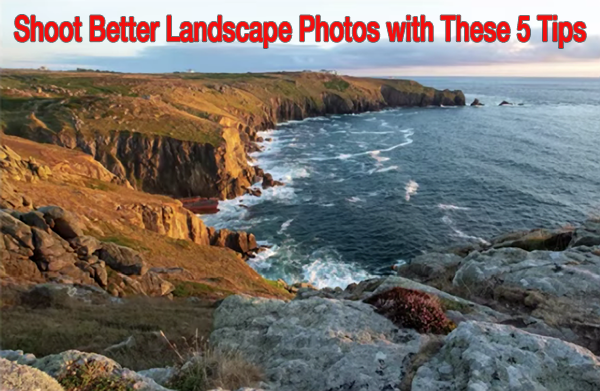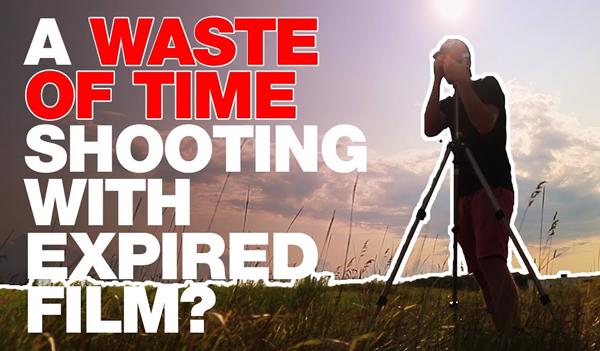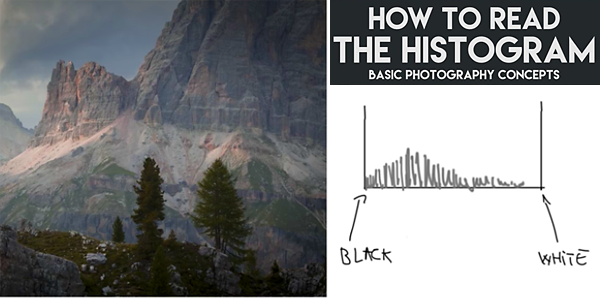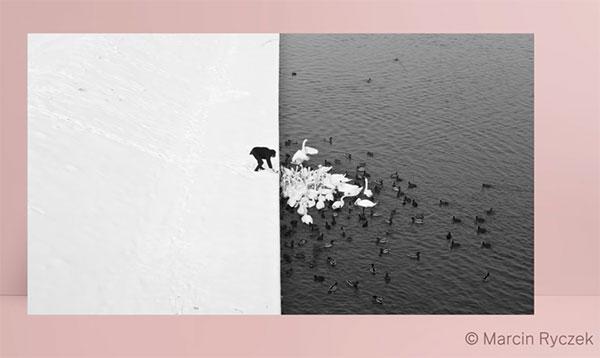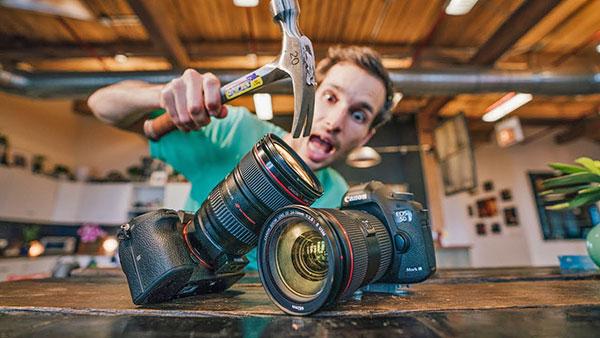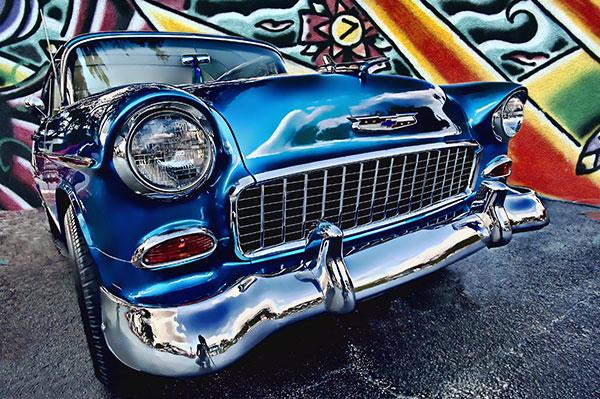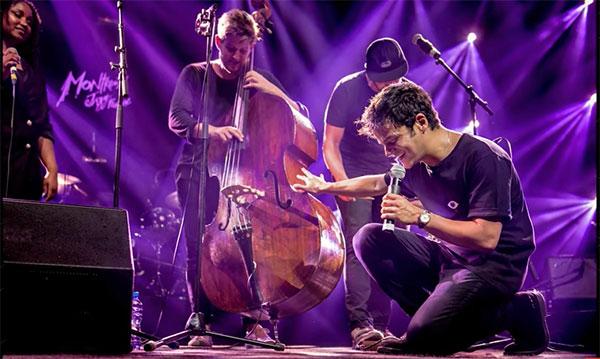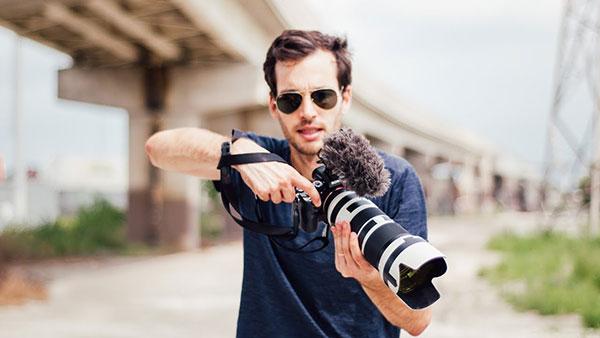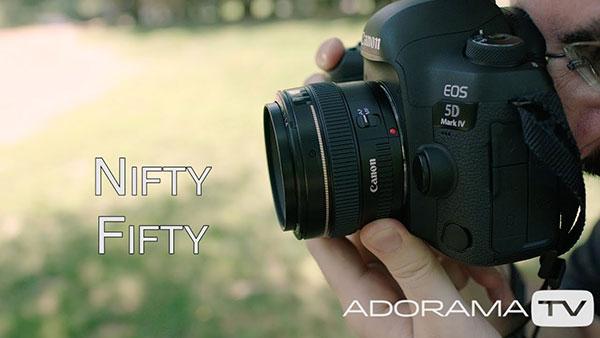Photo How To
Sort By: Post Date TitlePublish Date
|
Aug 24, 2018
|
Aug 21, 2018
|
Aug 21, 2018
|
Aug 21, 2018
|
Aug 20, 2018
|
Aug 17, 2018
|
Aug 15, 2018
|
Aug 14, 2018
|
Aug 10, 2018
|
Aug 09, 2018
|
Aug 08, 2018
|
Aug 08, 2018
|
Aug 07, 2018
|
Aug 03, 2018

